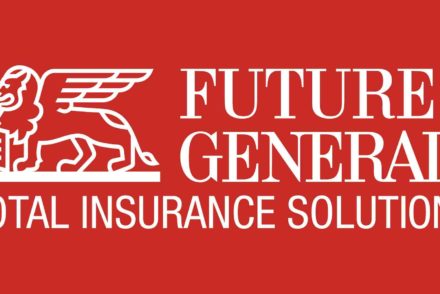
Investment is fundamental to build wealth towards uncertainties and financial security. Some plans are designed to purely offer returns while some schemes add the extra benefit of offering insurance coverage. Every investment has numerous benefits, you may choose an investment plan that allows you to grab the benefit of insurance coverage and returns. One such beneficial scheme is money back insurance policy.
Money back policies solve the issues of liquidity during the plan tenure by compensating some percentage of sum assured at regular intervals throughout the plan tenure. Though you find the plan as favorable and luring, there are some terms you want to peep in before investing in the money back insurance policy scheme.
1. Assured Stipulated Tenure
Best money back insurance policies assured stipulated tenure. There are regular payouts paid as per the calculated percentage of sum assured. As per the company and your policy, the tenure may vary from 10, 15, or 20 years. LIC has launched a new money back plan with 25 years of tenure. The long term money back policies are best and ensure to cover the holder until the age of 85.
2. Additional Cover Benefits
Beyond periodic payment, some companies offer additional optional benefits. At the demise of the policyholder at any point, the term policy term claim offers a full sum assured without any deduction of the survival benefit amount. Some companies offer you cover in the form of riders. It includes accidental death, permanent disability, critical illness, and hospitalization expenses.
3. Invested Portfolio
These schemes divide part of premium into an investment that includes debt, equity, and other mixed securities. Debts are usually lower on risk with returns of 7% to 10%. If you want to increase the equity proportion in a plan, you are moving towards high risk. Several equity-based plans are gaining substantial amounts above 17% with moderate to higher risk profiles.
4. Compare The Returns
In the event of death, the claim settles with fully sum assured without any reduction in survival benefit amount. However, it also depends upon your back plan portfolio category. Before investing, compare the returns of different money back insurance policies.
5. Cost Of The Policy
The core cost of money back policy is the amount imposed by the insurance company and investment made to manage the plan structure. These policies costs comprise of premium cost and fund management cost along with scaling costs, additional cover costs, and fund switch costs. Expense ratio or fund management cost can extend from 2% to 4%. Understand the concept well of fund structuring, costing plan and other factors to gain enough returns.
6. Review The Online & offline Discounts
Most companies offer a 5% discount on the premium while purchasing online. The offline policies are costlier as it includes the cost of agent and other charges which the buyer has to pay. Many online portals would assist you in comparing most prominent schemes and advice you to invest in best money back insurance policy schemes. With an online portal aggregator, you can save up to 40% of investing schemes.
7. Tax Benefits
Under section 80 C there is a deduction of 1.5 Lakh tax deduction on life insurance-linked schemes and ULIP plans. If your money back policy includes health plan cover, it can cover additional Rs.60,000 benefits liable under section 80D. Additionally, when you receive the amount, you have a complete exemption under section 10D.
8. Terms and Conditions
For exact terms and conditions, refer to your policy plan brochure. Usually, the terms include allowance and exemption of tenure, eligibility, features, and benefits, surrender value, paid-up values, and others. The money-back schemes gain paid-up status after receiving payment of three annual premiums.
Some best money back insurance policy plans include a cooling period as per bank norms of fifteen days where the policyholder has a choice to go through documents and can reject the plan if not satisfied. In case of rejection, the policyholder will receive a premium refund.










No Comments